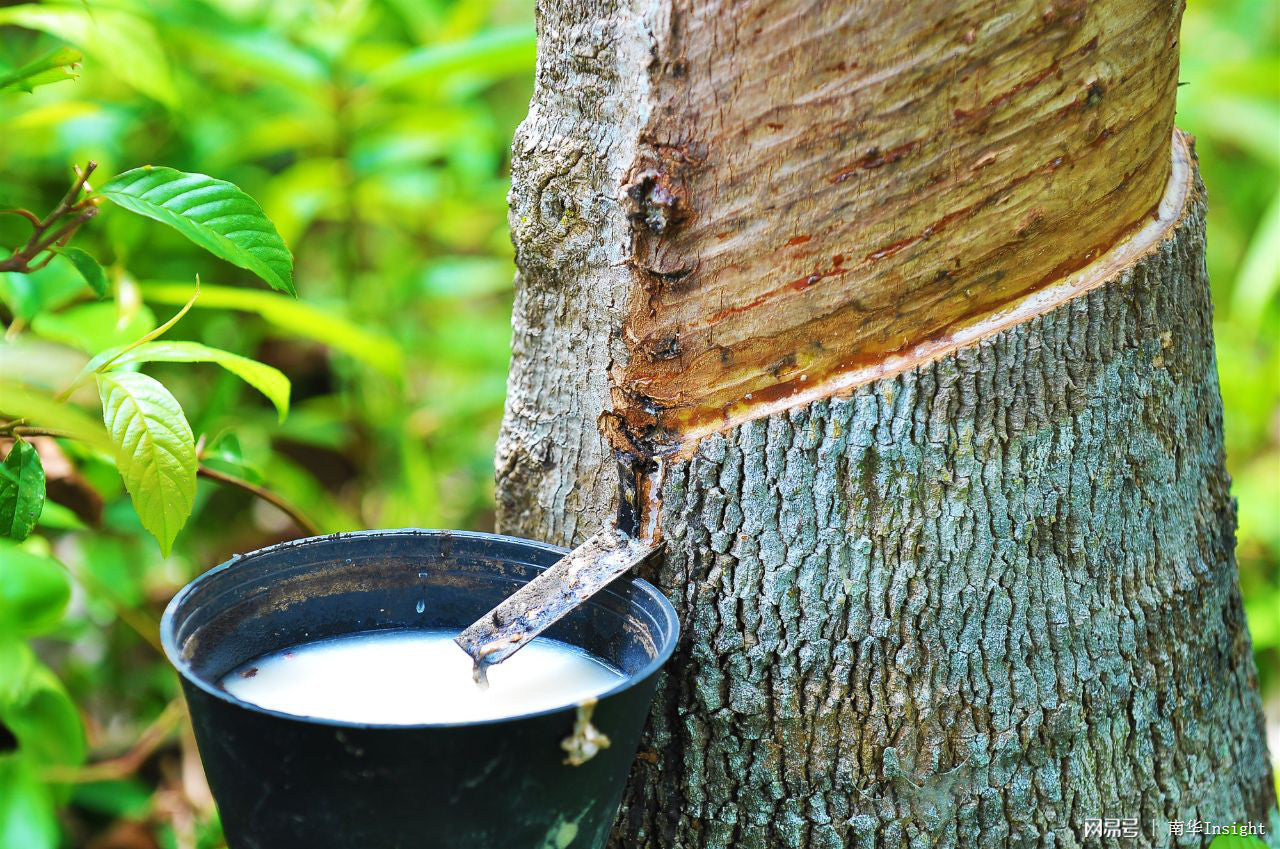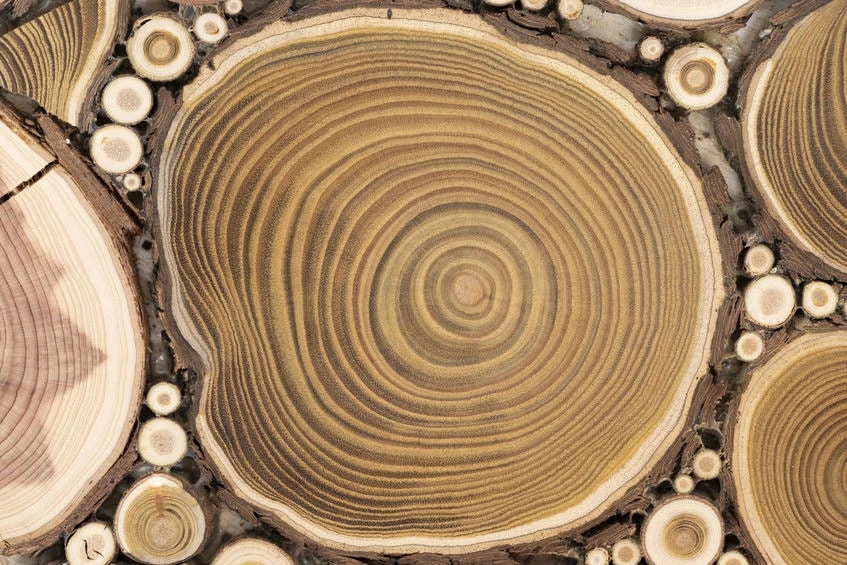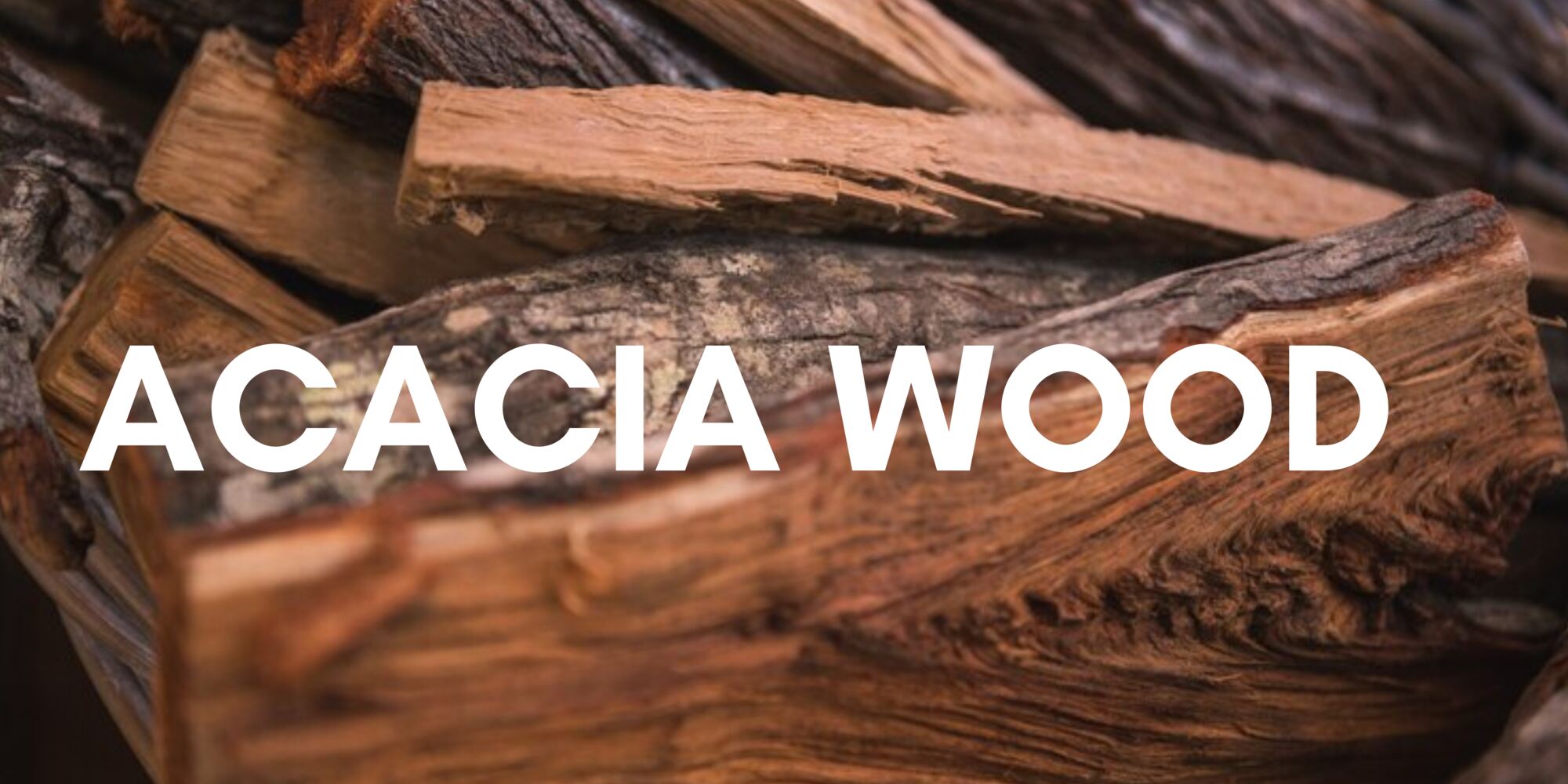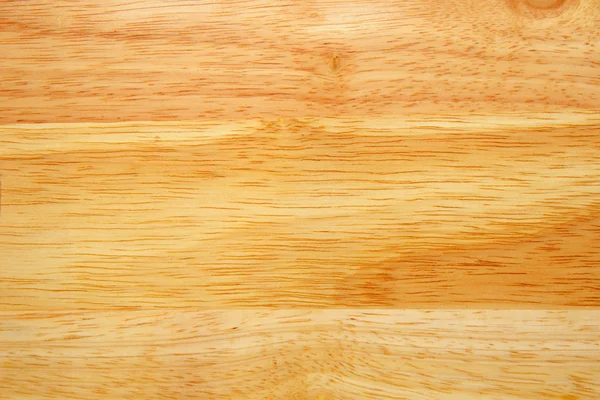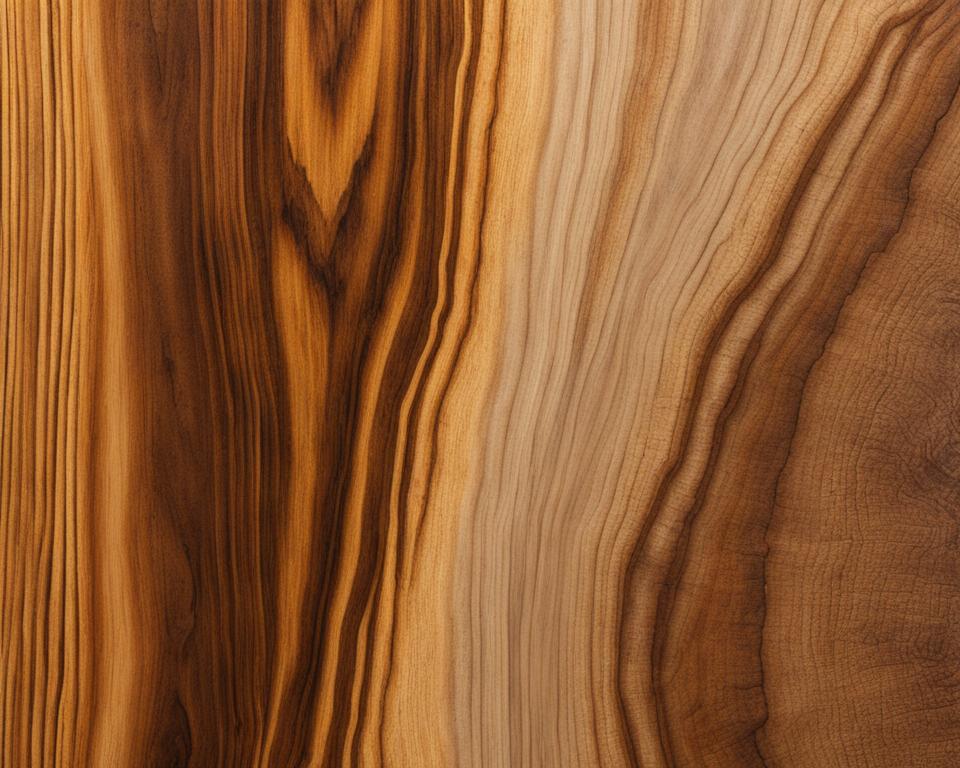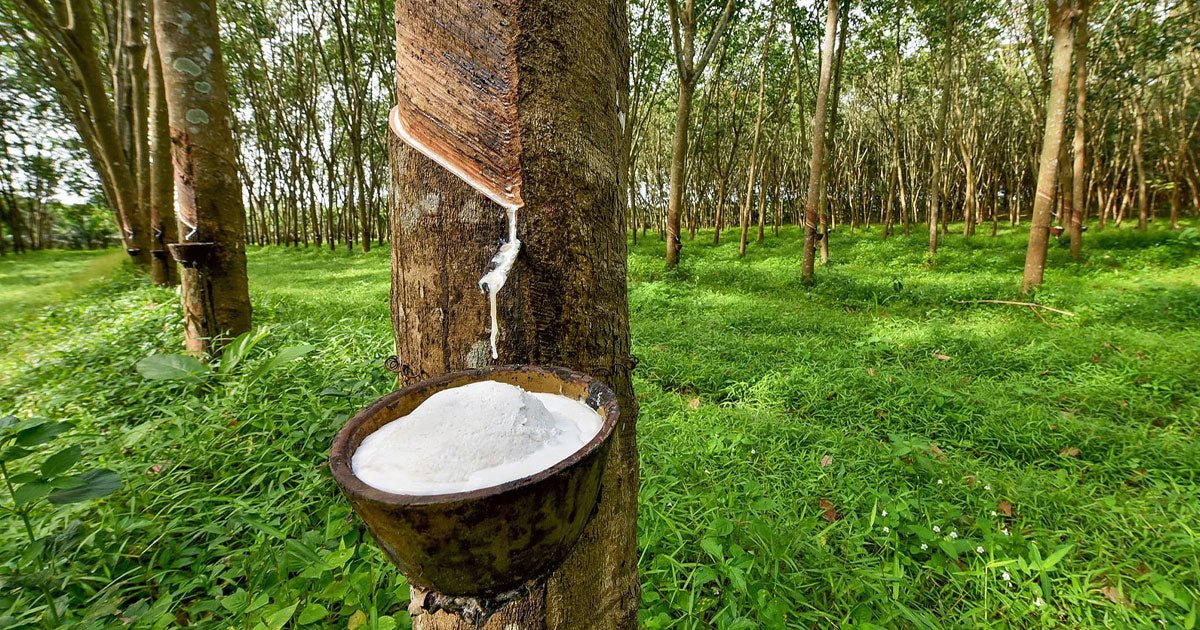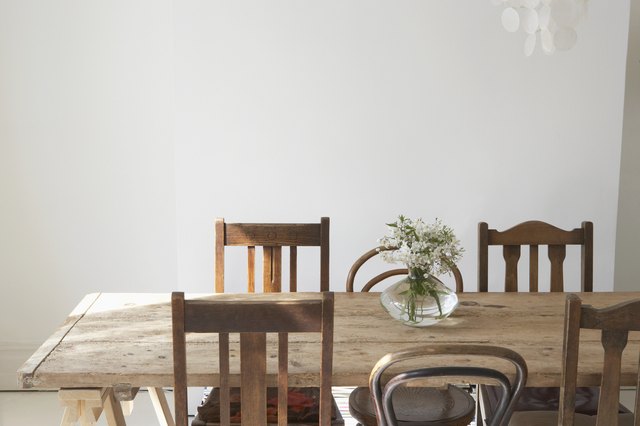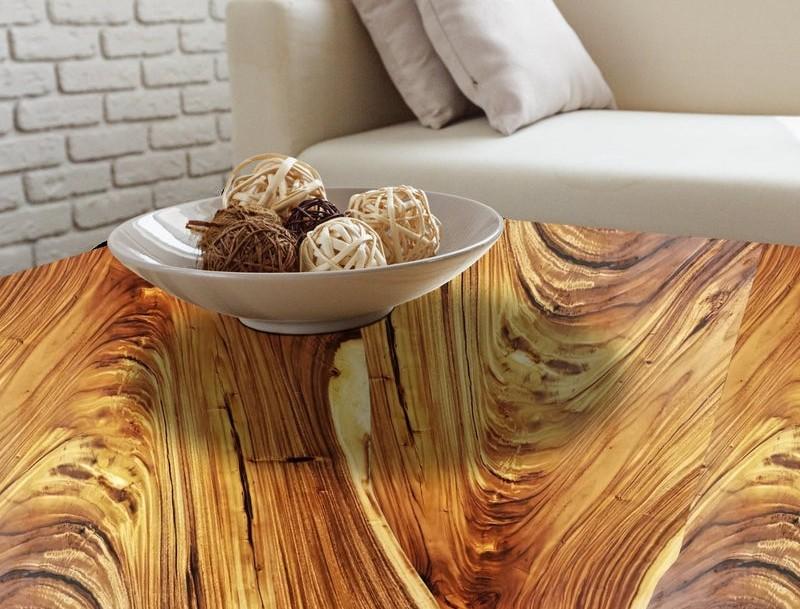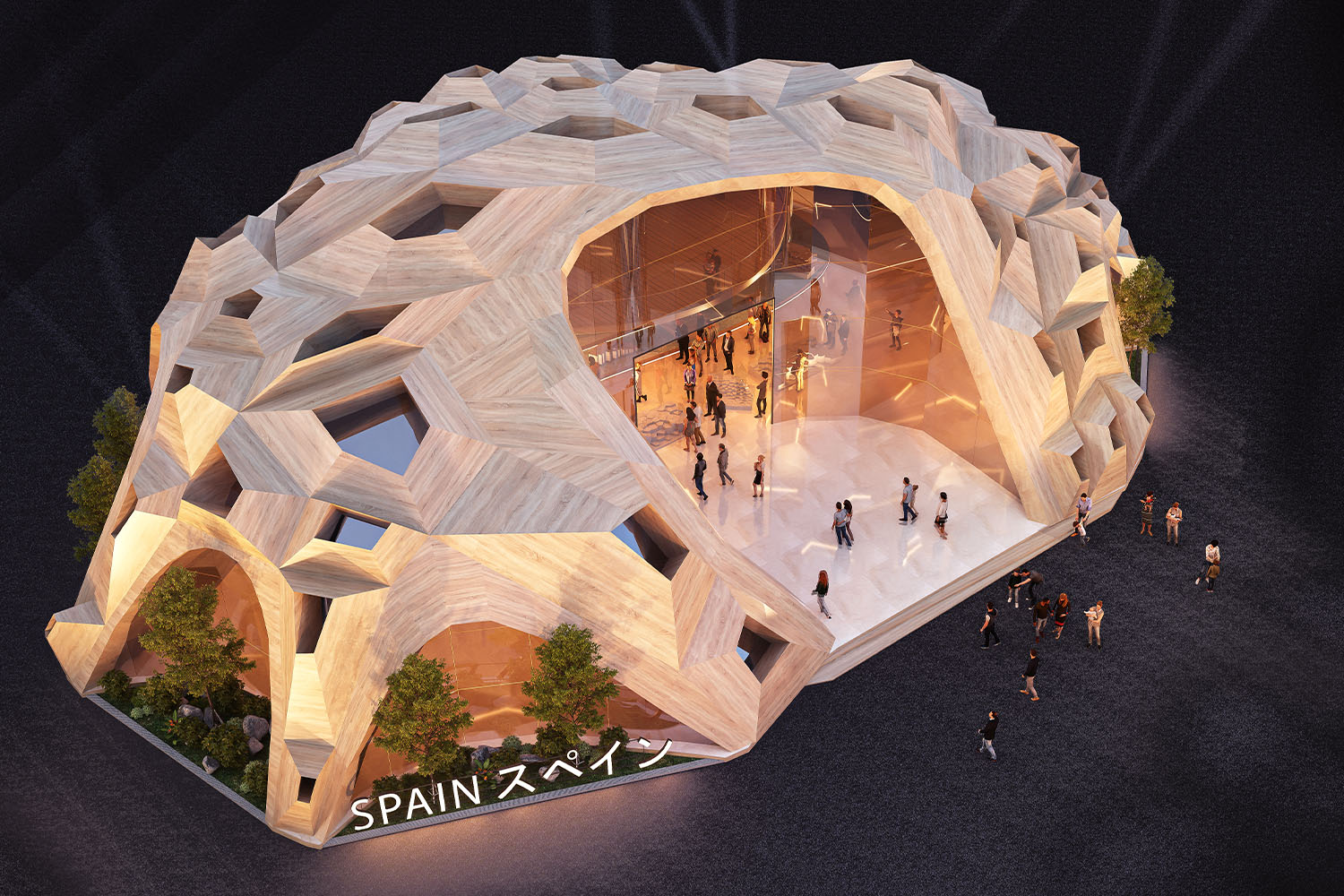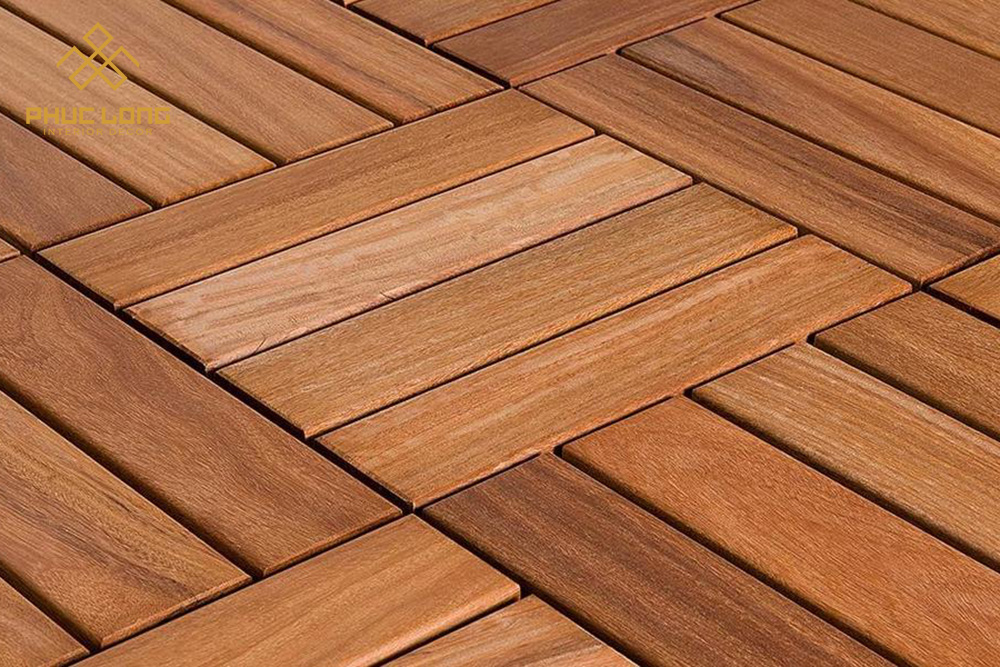When selecting wood for furniture, flooring, or other woodworking projects, two popular choices are Hevea brasiliensis (commonly known as rubberwood) and Acacia wood. Both types of wood offer unique qualities, but they differ in terms of durability, appearance, sustainability, and suitability for various applications. This article provides an in-depth comparison between Hevea brasiliensis wood and Acacia wood to help you make an informed decision for your next project.
What is Hevea Brasiliensis Wood?
Hevea brasiliensis, also known as rubberwood, comes from the Pará rubber tree, which is primarily grown in Southeast Asia for latex production. After the trees have completed their latex-producing cycle, they are harvested for their wood. This makes Hevea brasiliensis an eco-friendly choice, as it utilizes wood from trees that would otherwise be discarded.
Rubberwood is known for its light color, smooth texture, and relatively straight grain. It is widely used in furniture manufacturing, particularly for affordable and sustainable pieces.
What is Acacia Wood?
Acacia wood comes from a variety of tree species in the Acacia genus, which are native to Australia, Africa, and parts of Asia. Acacia is a hardwood known for its rich color, ranging from golden brown to deep reddish-brown, and its distinctive, often wavy grain pattern. This wood is highly durable and resistant to scratches and moisture, making it a popular choice for high-end furniture, flooring, and outdoor applications.
Durability and Strength
Hevea Brasiliensis Wood: Rubberwood is moderately durable and has a good strength-to-weight ratio, making it suitable for a wide range of indoor furniture applications. However, it is less resistant to moisture and insects compared to harder woods, so it may require additional treatment if used in more demanding environments.
Acacia Wood: Acacia wood is renowned for its exceptional durability and hardness. It is one of the toughest hardwoods available, making it highly resistant to scratches, dents, and water damage. Acacia is a great choice for heavy-use furniture, flooring, and outdoor projects where longevity is a priority.
Appearance and Aesthetics
Hevea Brasiliensis Wood: Rubberwood has a light, almost creamy color with a fine, even texture. Its subtle grain pattern makes it easy to stain, paint, or finish, allowing for a variety of aesthetic options. However, some may find its appearance less striking compared to more richly colored woods.
Acacia Wood: Acacia wood boasts a naturally beautiful and varied appearance, with deep, warm tones and a pronounced grain pattern. Each piece of Acacia wood is unique, often featuring wavy or curly grain patterns that add character and visual interest. Its natural beauty makes it a popular choice for those looking to make a statement with their woodwork.
Sustainability and Environmental Impact
Hevea Brasiliensis Wood: Rubberwood is considered an environmentally friendly option because it is a byproduct of the rubber industry. The trees are harvested after they no longer produce latex, making use of a resource that would otherwise go to waste. This sustainable practice makes Hevea brasiliensis an attractive option for eco-conscious consumers.
Acacia Wood: Acacia is also a sustainable choice, particularly when sourced from managed forests. Acacia trees grow relatively quickly, and their hardwood is highly durable, reducing the need for frequent replacements. However, the sustainability of Acacia wood can vary depending on the source, so it’s important to ensure that the wood is harvested responsibly.
Cost and Availability
Hevea Brasiliensis Wood: Rubberwood is generally more affordable than Acacia, making it a popular choice for budget-conscious projects. Its widespread use in the furniture industry means that it is readily available and can be found in many different forms, from raw lumber to finished products.
Acacia Wood: Acacia wood tends to be more expensive due to its superior durability and unique aesthetic qualities. Its cost can vary depending on the specific species and quality of the wood, but it is generally considered a premium material. Acacia is also widely available, though it may come at a higher price point than rubberwood.
Suitability for Projects
Hevea Brasiliensis Wood: Rubberwood is ideal for indoor furniture, cabinetry, and other projects where budget and sustainability are key considerations. It is particularly well-suited for items that won’t be exposed to excessive moisture or heavy wear and tear.
Acacia Wood: Acacia wood is perfect for projects that require a combination of beauty and durability, such as dining tables, flooring, and outdoor furniture. Its resistance to moisture and pests also makes it suitable for bathrooms, kitchens, and other areas prone to humidity.
Conclusion
When choosing between Hevea brasiliensis wood and Acacia wood, the decision ultimately depends on your specific needs and preferences. If you’re looking for an affordable, sustainable option for indoor furniture, Hevea brasiliensis wood is an excellent choice. On the other hand, if durability, aesthetic appeal, and suitability for high-use or outdoor projects are your priorities, Acacia wood is likely the better option.
Both woods offer distinct advantages, making them valuable materials for various woodworking and construction projects. By understanding their differences, you can select the wood that best aligns with your project’s goals, ensuring a result that is both beautiful and functional.
Visit our blog here

